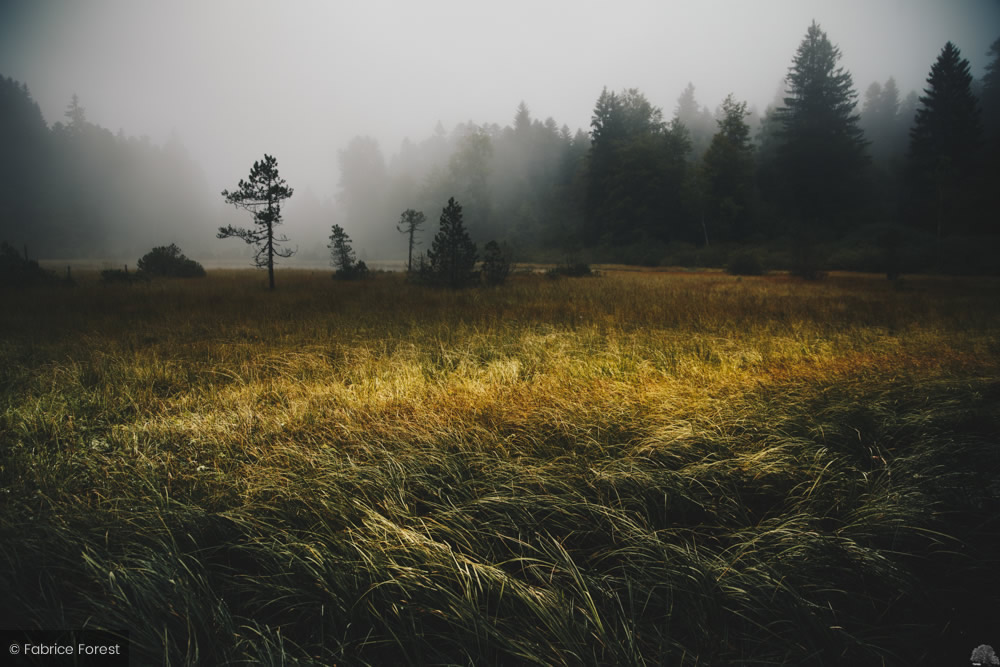Click Info Track: Your Daily Dose of Insights
Stay updated with the latest trends and information across various topics.
Chasing Light: Secrets Behind Breathtaking Landscape Shots
Uncover the secrets to stunning landscape photography and learn how to capture the magic of light in every shot!
Mastering the Golden Hour: Tips for Captivating Landscape Photography
Capturing stunning landscape photographs often hinges on the timing of your shot, especially during the Golden Hour. This magical period occurs shortly after sunrise and before sunset, casting a warm, soft light that enhances the beauty of your surroundings. To make the most of this enchanting time, prioritize your location and plan your shoot in advance. Use tools such as Time and Date to determine the precise timing of the Golden Hour in your area. Additionally, scouting locations ahead of time allows you to identify unique angles and compositions that will be accentuated by the natural light.
When photographing during the Golden Hour, consider the use of filters to enhance the colors and contrast in your images. A polarizing filter can help reduce glare and bring out vibrant skies, while a graduated ND filter can balance exposure between the bright sky and darker foreground. Remember to experiment with various shooting settings; lower ISO levels and wider apertures can contribute to sharper images. For further inspiration and tips, explore resources like Nature TTL which offers in-depth advice on mastering your craft during this fleeting hour.

The Art of Composition: How to Frame Stunning Landscape Shots
When it comes to capturing breathtaking landscapes, the art of composition plays a crucial role in transforming an ordinary scene into a mesmerizing photograph. One essential principle of composition is the rule of thirds, which suggests dividing your frame into a grid of nine equal parts and placing key elements along these lines or at their intersections. This technique helps in creating balance and interest in your shot. Additionally, incorporating leading lines, such as a winding river or a path, can draw the viewer's eye into the photograph, guiding them through the landscape. For more tips on composition, check out Digital Photography School.
Another vital aspect of landscape photography is understanding framing and foreground interest. By including elements in the foreground, such as rocks or flowers, you can add depth and context to your image. This not only creates a sense of scale but also invites the viewer to explore the scene further. Utilizing natural frames, like overhanging branches or archways, can also enhance your composition by focusing attention on your main subject. To dive deeper into these techniques, visit Nature TTL.
What Makes a Landscape Photograph Truly Breathtaking?
A truly breathtaking landscape photograph captivates the viewer with its compositional brilliance. Factors such as the rule of thirds, leading lines, and the strategic use of foreground elements can significantly enhance the overall impact of the image. For instance, incorporating a clear subject in the foreground while allowing the background to unfold in a mesmerizing way creates depth and draws the eye inward. Photographers often draw inspiration from landscape photography tips shared by renowned professionals, which can help them understand how to effectively balance elements in their images.
In addition to composition, the play of light and color plays a significant role in making a landscape photograph truly breathtaking. Golden hour, the period shortly after sunrise or before sunset, bathes landscapes in warm and magical tones, enhancing the colors and textures present in the scene. Additionally, weather conditions, such as dramatic clouds or mist, can add an ethereal quality to photographs. For more insights on how to harness lighting techniques for stunning landscapes, you can explore Digital Photography School's expert advice.